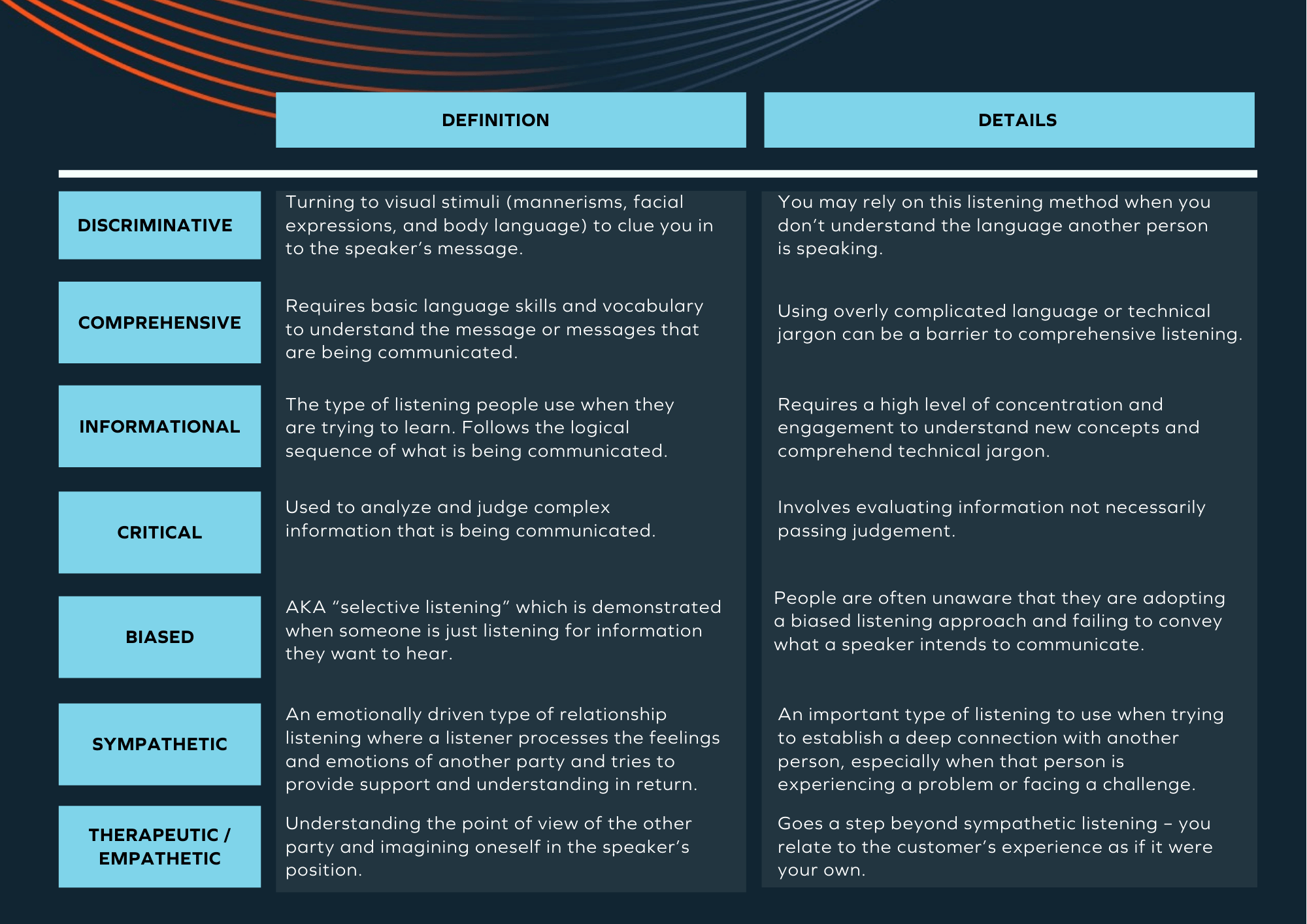Does Your Business Have a Customer Listening Strategy?

In this blog post, we discuss the need for subscription businesses to adopt a deliberate customer listening strategy. We offer recommendations as well as resources that can help companies define and operationalize listening pathways that boost customer retention and customer advocacy.
Listening matters in a subscription business
In the recurring revenue world, the sale doesn’t end at Closed Won. SaaS companies must continuously earn the business of their customers to ensure they don’t cancel or downgrade at the end of the month or year. To minimize churn and accelerate the pace at which prospects convert into customers and customers convert into brand advocates, we need to start listening with more attentive and inviting ears throughout the customer journey, not just a few months or weeks ahead of a renewal event.
Listening enhances customer trust, affinity, and happiness
The latest behavioral and neuroscience research strongly suggests that listening engenders customer trust, affinity, and happiness:
- In a study published in the Journal of the Academy of Marketing Science, researchers found that “when customers perceive a high level of listening behavior by a salesperson, it enhances their trust in the salesperson and leads to greater anticipation of future interaction.”
- In another study, published in the Journal of Social Cognitive and Affective Neuroscience, researchers found that “feeling understood activated neural regions previously associated with reward and social connection while NOT feeling understood activated neural regions previously associated with negative affect.”
- A third study, published in the Journal of Social Neuroscience, found that “sensing active listening in social interactions is accompanied by an improvement in the recollected impressions of relevant experiences and is thought to arouse positive feelings.”
The act of listening is powerful. It has the potential to yield great financial rewards. However, to reap these rewards, businesses need to tune in at a greater frequency. Tuning in reactively when something goes wrong (e.g., a customer escalation) or opportunistically when your company desires or needs something (e.g., a reference for a prospect or a case study) doesn’t exactly send the right message to your customers.
One customer, multiple identities
Though we often reduce our customers to monolithic “accounts” that live in a single Salesforce record, customers operate more like complex molecules. A single organization may be composed of multiple business divisions that operate independently. Likewise, a single division may be composed of diverse personas who perform vastly different jobs. To listen to the unique tunes of a heterogeneous customer base, companies need to employ different modes of listening.
Different listening methods serve different objectives
Consider the listening methods listed below and how your teams might apply them in different settings (e.g., virtually vs in-person) or in the service of accomplishing different objectives (e.g., designing a new feature or marketing campaign).

Review these listening techniques to assess where you or your teams might be falling short.
Signs that your company is not listening effectively
Analyze any available customer sentiment data. If CSAT grumblings or NPS comments echo any of the ones below, chances are your customers don’t feel heard:
“Our feedback goes into a black hole.”
“We went with another vendor that took the time to understand our business.”
“We feel like we are constantly repeating ourselves.”
“We don’t feel like our voice matters.”
“It’s really hard to get our point across.”
“Your team isn’t very open to feedback.”
Owning up to your company’s listening deficiency is half the battle; the other half is translating organizational awareness into action.
How to define a customer-listening strategy
Without putting pen to paper and developing a formalized listening strategy, it’s unlikely that executive awareness or a sincere intention or two is going to have a material impact on your business. Listening is a substantial muscle that needs to be worked, continuously strengthened, and conditioned. It requires a supportive and reinforcing environment that fosters accountability and rewards progress.
As you define your listening strategy, here are a few considerations:
- Segment your strategy. Develop appropriate listening pathways for each segment. How you listen to your strategic and enterprise customers should differ from how you listen to your high-volume, low ACV base.
- Segment your audience. Different personas or stakeholders may need to be engaged differently. An executive decision-maker is likely to have different needs than an end-user.
- Analyze the competition. How are your competitors listening to their customers?
How to operationalize your listening strategy
To operationalize your listening strategy and create a meaningful feedback channel for your customers, Insight recommends standing up a Voice of the Customer (VoC) program. VoC enables companies to programmatically collect, analyze, and action customer insights to improve the customer experience (CX) and accelerate growth. It is a scalable means by which companies can ensure their customers feel heard.
To kickstart VoC, please fill out the form below to download our Voice of the Customer Activation Kit.
Voice of the Customer Activation Kit
We encourage you to complete this form to download our VoC guide, checklist, and roadmap.








